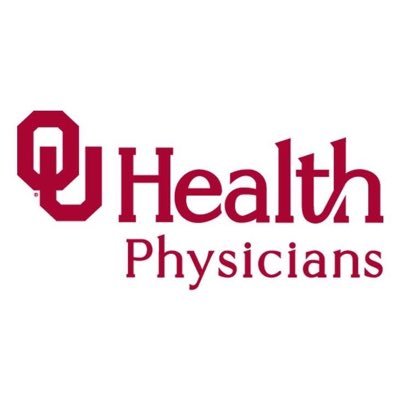OU Health Physicians, the physician network within the OU Health enterprise, recently received results from the annual survey conducted by Consumer Assessment of Healthcare Providers and Systems (CAHPS) for Merit-based Incentive Payment System (MIPS). In 10 key domains of patient care experience, the practice not only achieved higher positive ratings over its 2018 scores, but also scored consistently higher than the average for other systems in the survey.
Holly Adams, FACHE, FACMPE, executive director of Clinical Operations for the physician practice, said, “Our providers and staff are fully committed to excellent patient care. While the survey is a useful tool that gives voice to the patient perspective, we are well-attuned and highly responsive to patients’ needs. We’re proud of this level of national recognition, one of many validations of the exceptional care we deliver, every patient, every time.”
Of patients surveyed, 91% rated their OU Health Physicians provider a nine or 10, the highest possible score, significantly above the national average rating of 82%. OU Health Physicians also posted scores well above the national average in the nine other key domains of patient experience measured by the survey.
“We strive to comfort, care, listen and convey genuine concern in every patient and family interaction at OU Health Physicians,” Adams said. “We are excited to share these survey findings with our community and celebrate this accomplishment with our compassionate providers and healthcare team members. More than clinicians, our providers are agents of healing fulfilling their calling to care.”
The CAHPS for MIPS Survey includes the core questions established in earlier versions plus additional questions that measure key domains of patients’ experiences of care. The current survey, revised in 2018, measures responses in these specific areas of patient experience:
Timeliness of care – appointments and information, Provider communication, Patient’s rating of provider, Access to specialists, Health promotion and education, Shared decision making, Health and functional status, Courteous – helpful office staff, Coordination of care and Best use of patient resources













